Under the dark skies of the Florida Everglades, I captured the stunning reflection nebula M78 using a dual-scope setup.
The Dolphin Nebula captured in stunning detail. This first image of 2025 a star-forming region in the constellation Cetus.
IC 410 is a stunning emission nebula located about 12,000 light-years away in the constellation Auriga.
Last night, I ventured deep into the Florida Everglades with a few friends to capture an image of the Shark Nebula (LDN 1235). The trip was an adventure in itself, navigating through remote backroads under pitch-black skies.
The Sculptor Galaxy is often overshadowed by more famous spirals like Andromeda or the Triangulum Galaxy, but it’s a fascinating target in its own right.
This is the Little Dumbbell Nebula (M76), captured using my new Carbon Star Ritchey-Chrétien telescope, paired with the QHY533 mono camera and mounted on my trusty AM5.
I captured 10.5 hours of data with 5-minute subs. Using an Apertura Carbon Star Fast Newtonian and my ZWO 2600 Duo OSC camera, I focused on pulling out the rich detail hidden within this iconic spiral galaxy.
Captured under Bortle 4 skies on a moonless night along the Blue Ridge Parkway, I stacked 60 images of Comet C/2023 A3 (Tsuchinshan-ATLAS) using an APO 135mm lens and ZWO 2600 Duo OSC camera. With 60-second exposures and added calibration files, I was able to bring out the comet's vibrant coma, detailed tail, and striking anti-tail.
The anti-tail is now clearly visible! This shot consists of 9 stacked images, each with a 30-second exposure, aligned with the comet for better detail.
Capturing the Beauty of Tonight's Partial Lunar Eclipse: A Celestial Spectacle in Motion
Taken from my backyard in South Florida under Bortle 7 skies, this image of M27, the Dumbbell Nebula, was captured using a QHY 533M camera and OIII and H-alpha filters. Over 2 nights, I spent about 8 hours on each channel to bring out the details of this planetary nebula. The bi-color processing highlights the OIII and H-alpha emissions, with the teal and red tones revealing the complex structure of the nebula as it drifts through space.
M51, also known as the Whirlpool Galaxy, graces the night sky as a stunning spiral galaxy duo located in the constellation Canes Venatici.
Captured in narrowband hydrogen-alpha light, the Rosette Nebula reveals its intricate tendrils of gas and dust, illuminated by the intense radiation of young, massive stars nestled within its heart.
From the iconic silhouette of the equestrian motif to the nuanced interplay of light and shadow within its celestial surroundings, this image stands as a testament to the boundless wonders awaiting discovery in the unfathomable depths of space.
These images of Comet Pons-Brooks was captured on 03/10-3/12 2024, from 7:40 pm to9:10 pm.
Horsehead Nebula, also known as Barnard 33, is a dark nebula located in the constellation Orion. It sits within the emission nebula IC 434, which is illuminated by the nearby star Sigma Orionis. The distinctive shape of the Horsehead Nebula resembles that of a horse's head, hence its name.
M81, also known as Bode's Galaxy, is a spiral galaxy located in the constellation Ursa Major. It's about 12 million light-years away from Earth and is one of the brightest galaxies visible from the northern hemisphere. M81 is notable for its active galactic nucleus, which contains a supermassive black hole.
NGC 1788, a day to night time-lapse a few other images from my week of solo camping in central Florida.
This composite image of M33, the Triangulum Galaxy, utilizes luminance (L), hydrogen alpha (Ha), and red, green, blue (RGB) filters to unravel the celestial tapestry of this spiral marvel
This composite image of the Andromeda Galaxy (M31) showcases the stunning beauty and intricate details of this neighboring spiral galaxy. Combining LRGB data with the added Hydrogen-Alpha (Ha) channel, this image provides a comprehensive view of M31, emphasizing the regions within the galaxy where hydrogen gas is actively emitting light at the specific Ha wavelength.
The Lion Nebula, also known as Sharpless 132 (Sh2-132), is a bright emission nebula located in the constellation Cepheus. It's a region of active star formation, characterized by the presence of young, hot stars that emit intense ultraviolet radiation. This radiation ionizes the surrounding hydrogen gas, causing it to glow in the characteristic red color of hydrogen-alpha emission.
This is a singe 60 second luminance exposure of the newly discovered comet Nishimura. I will try again to get a full color image of Nishimura before it leaves our solar system.
NGC 8307 is a magnificent spiral galaxy that is located about 130 million light-years away in the Hydra constellation.
Using narrowband Ha and OIII filters, I recently took an image of the Medusa Nebula, a stunning emission nebula located in the constellation Gemini.
Learn how I used the Bluexterminator plugin to reprocess old astro data of the M51 Galaxy, removing blurring caused by light pollution and atmospheric conditions and resulting in stunning images with crisp, clear details and vibrant colors.





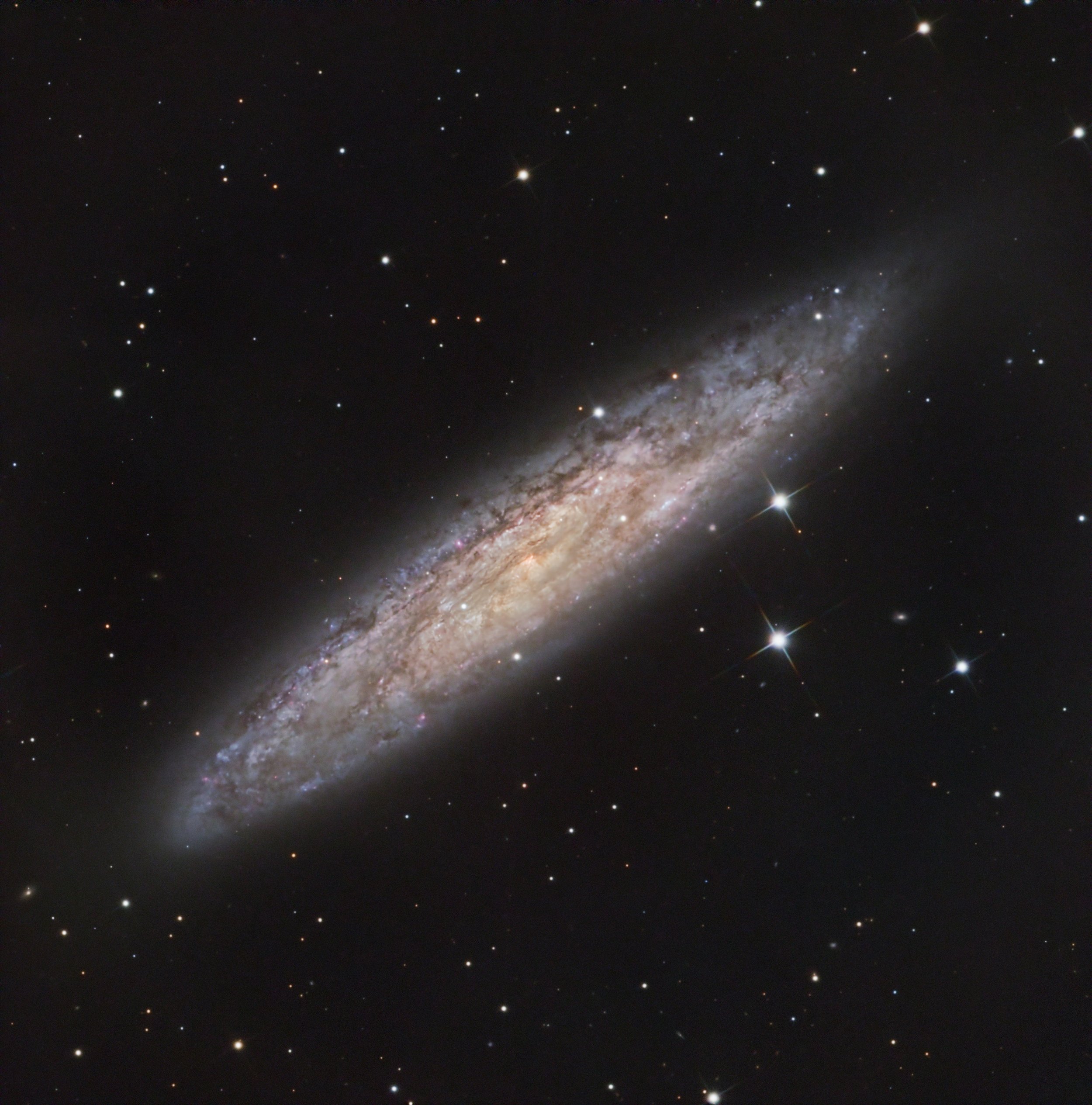
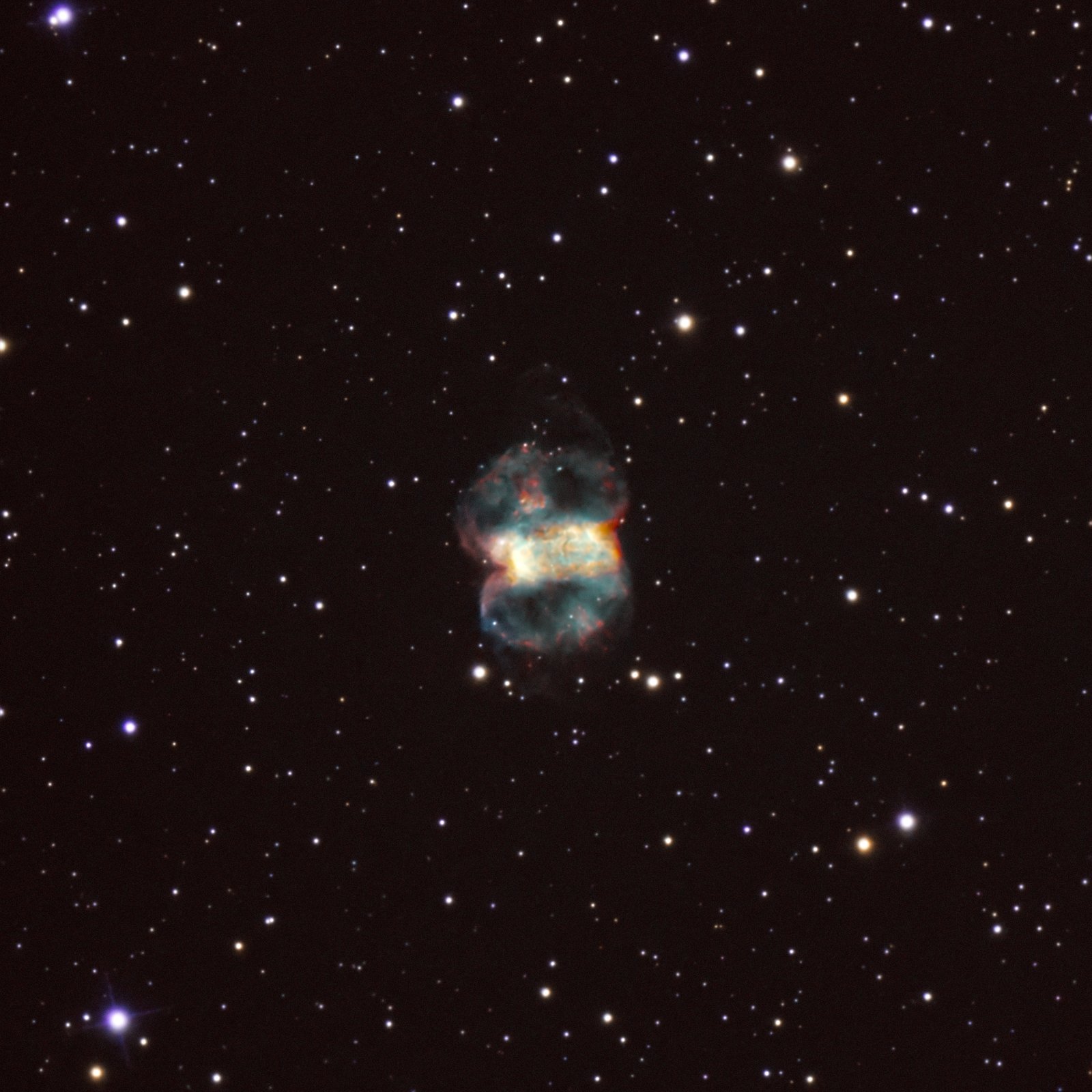
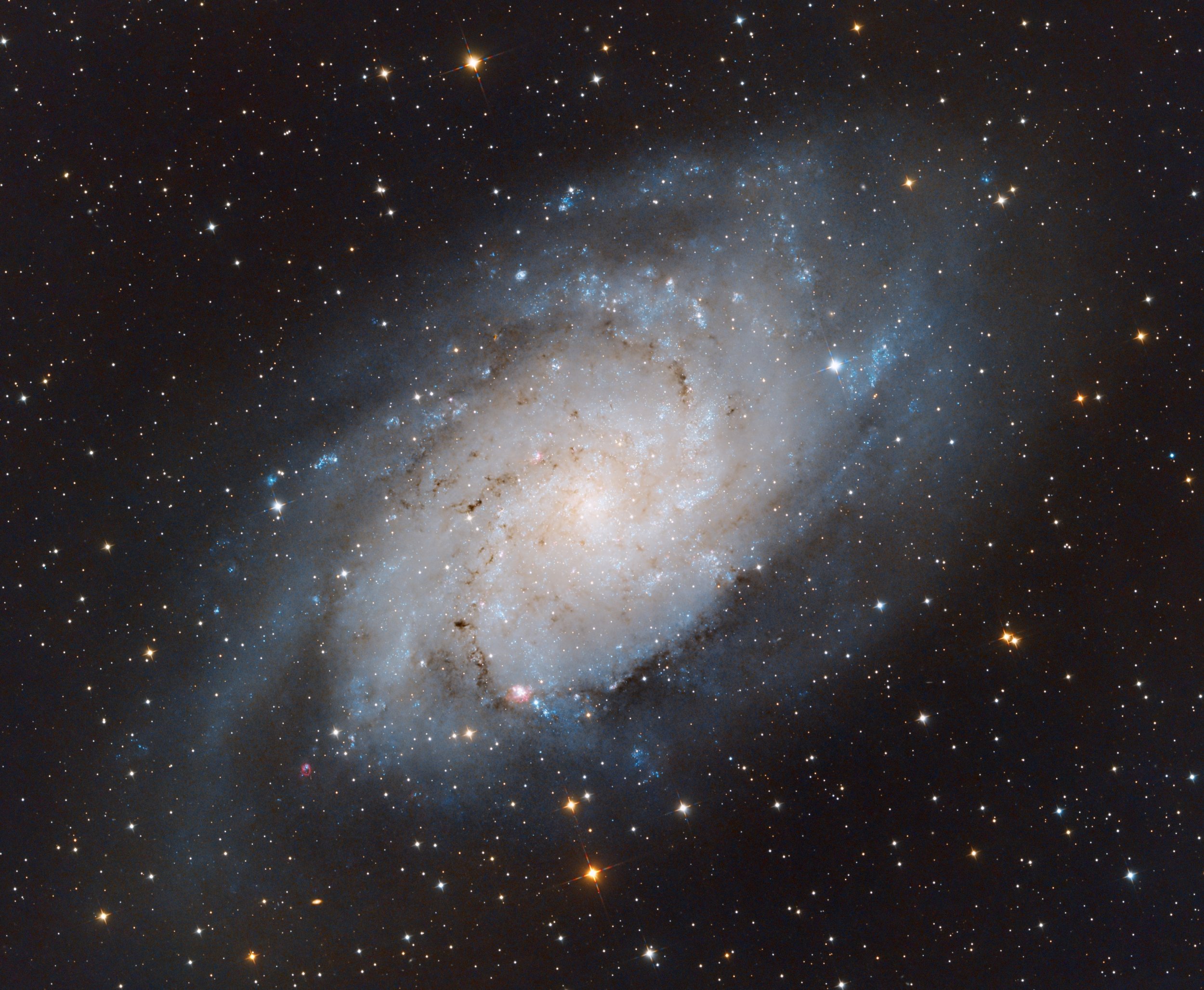
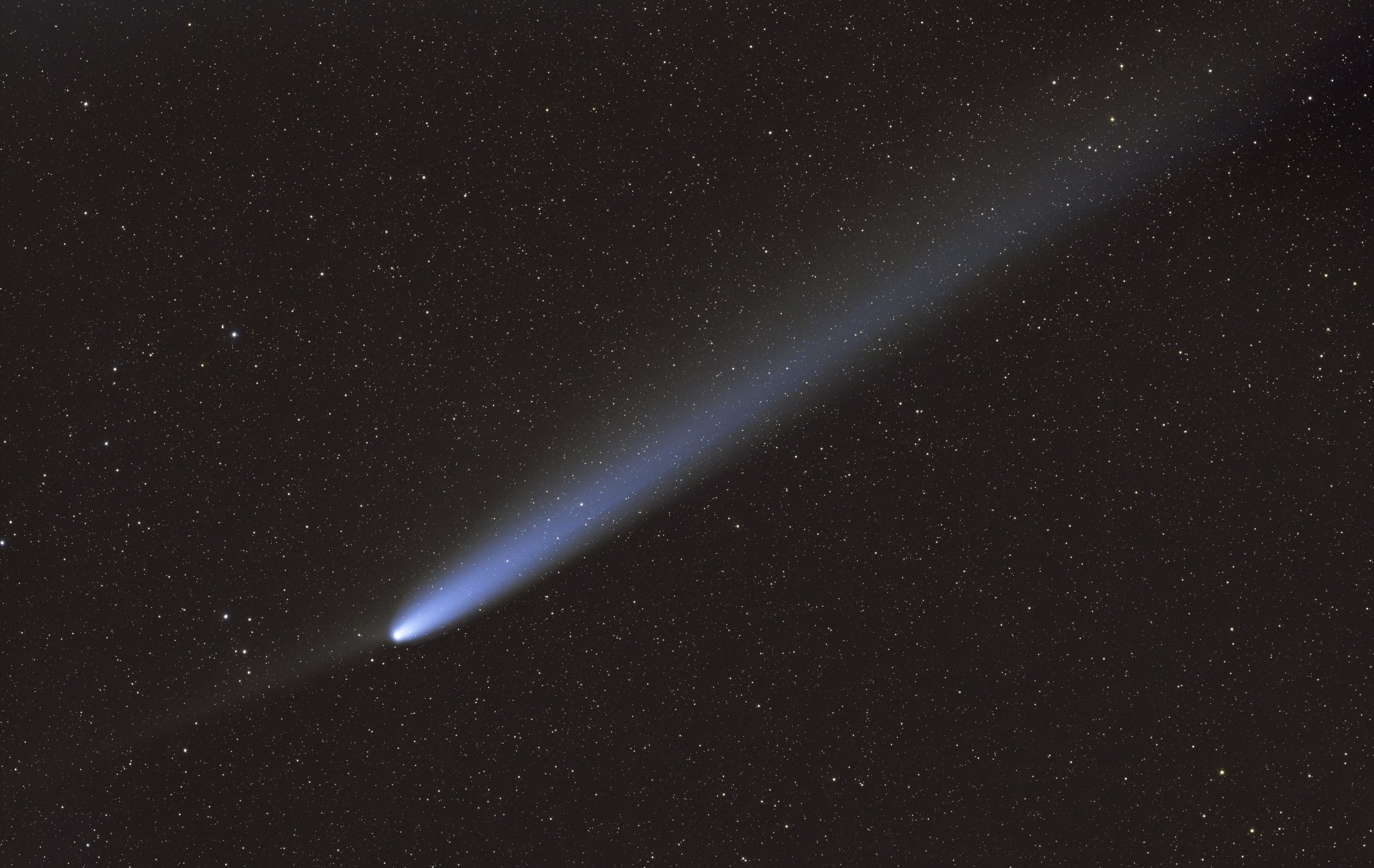
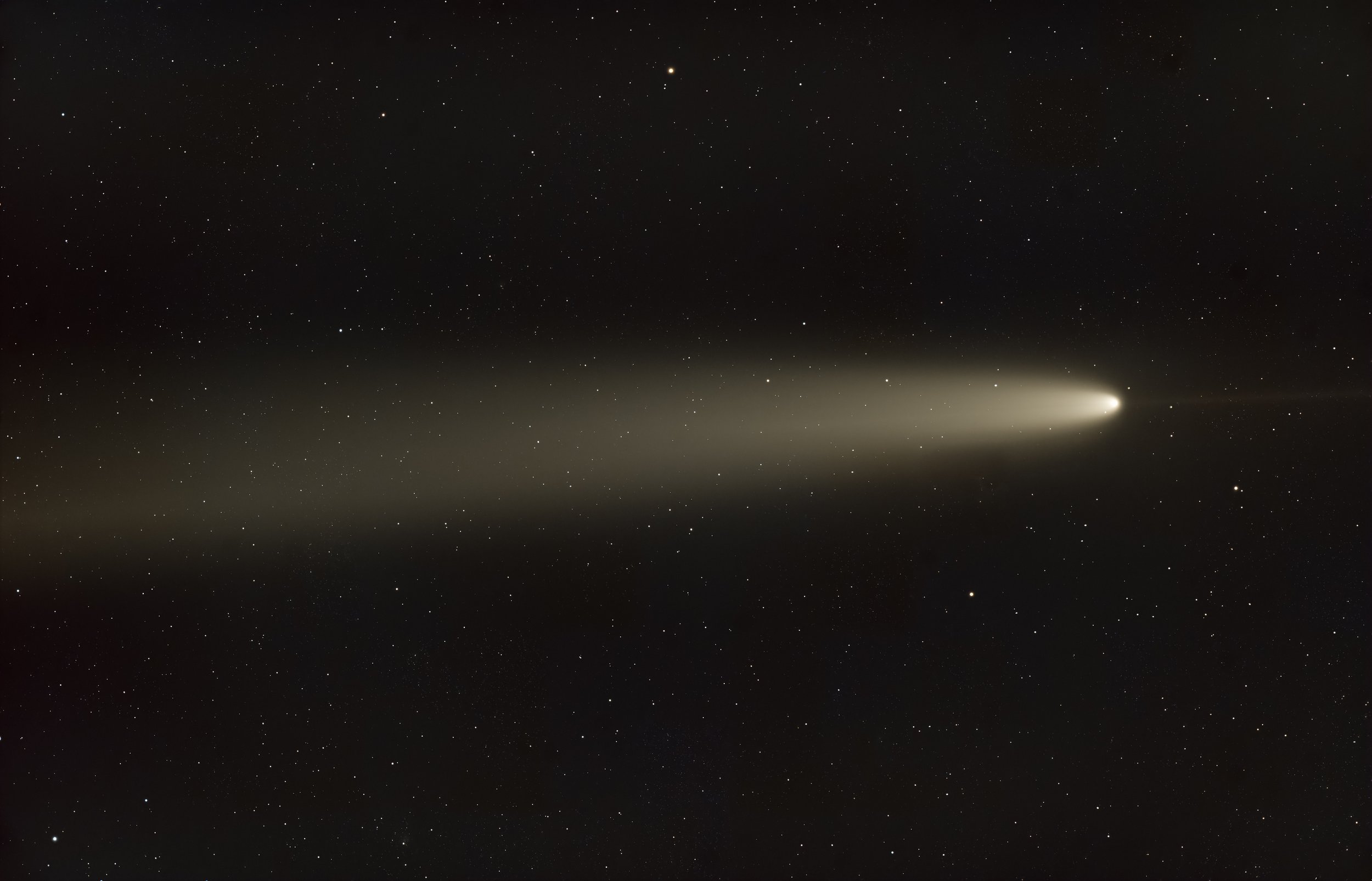
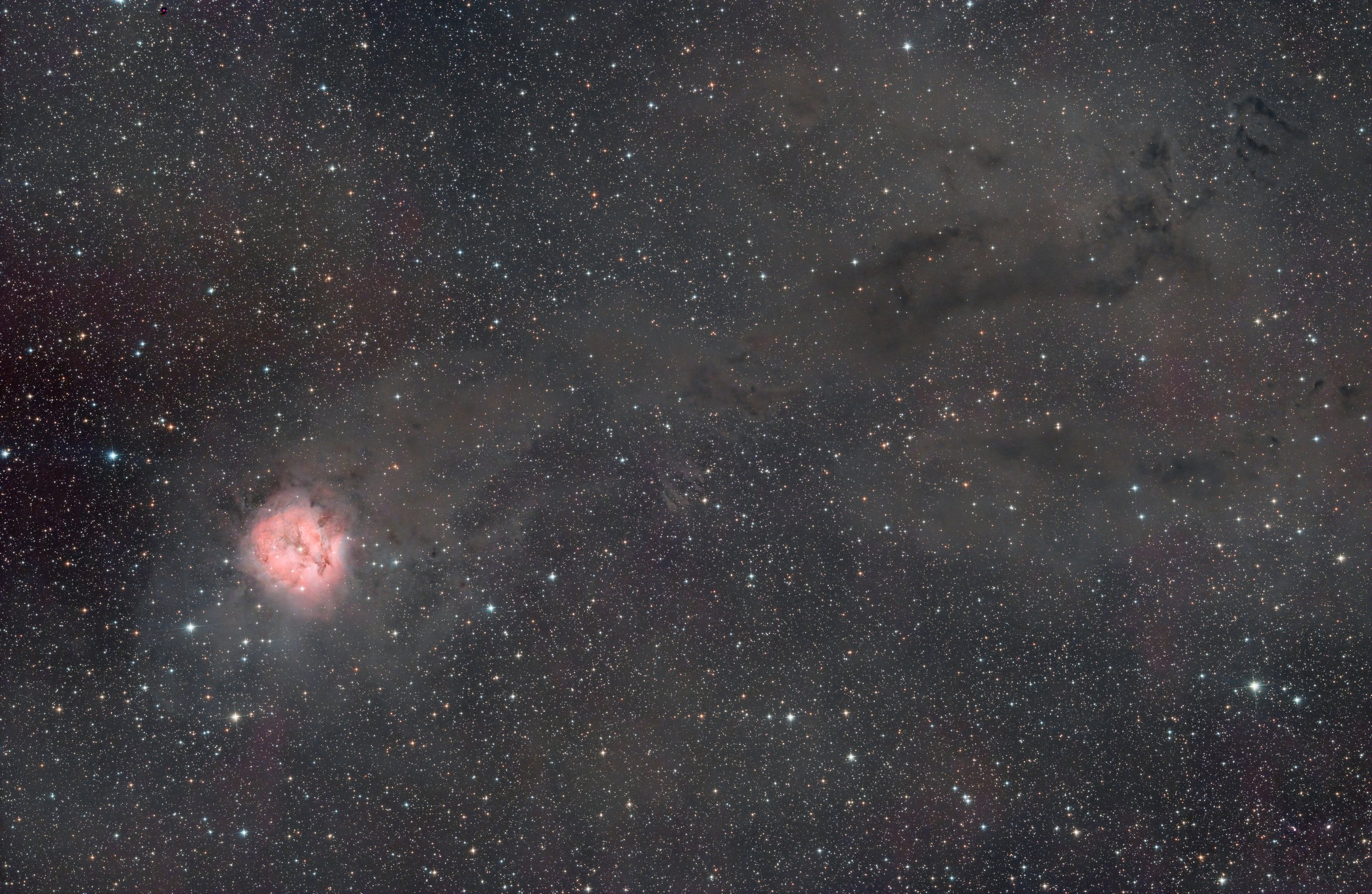
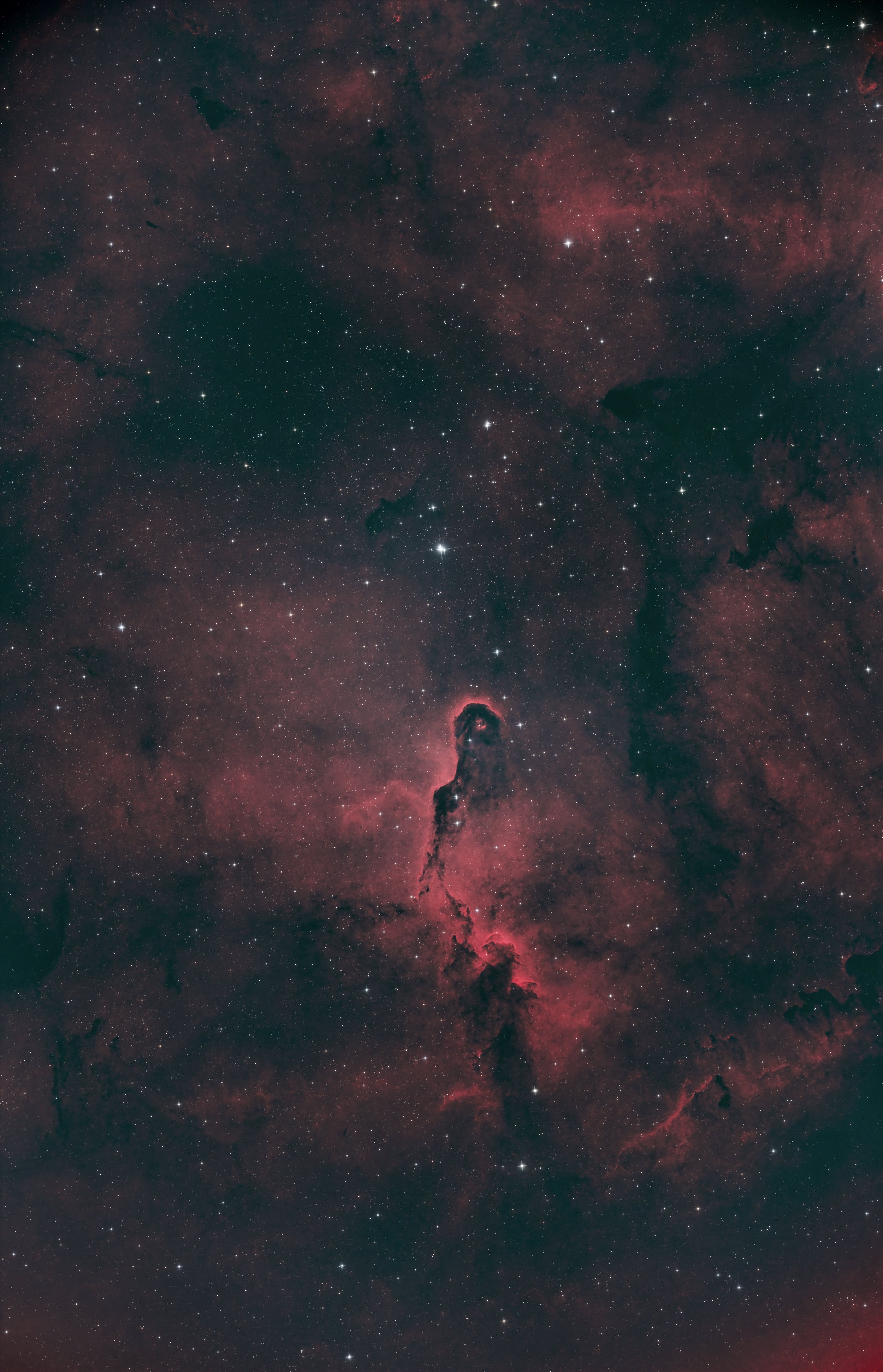
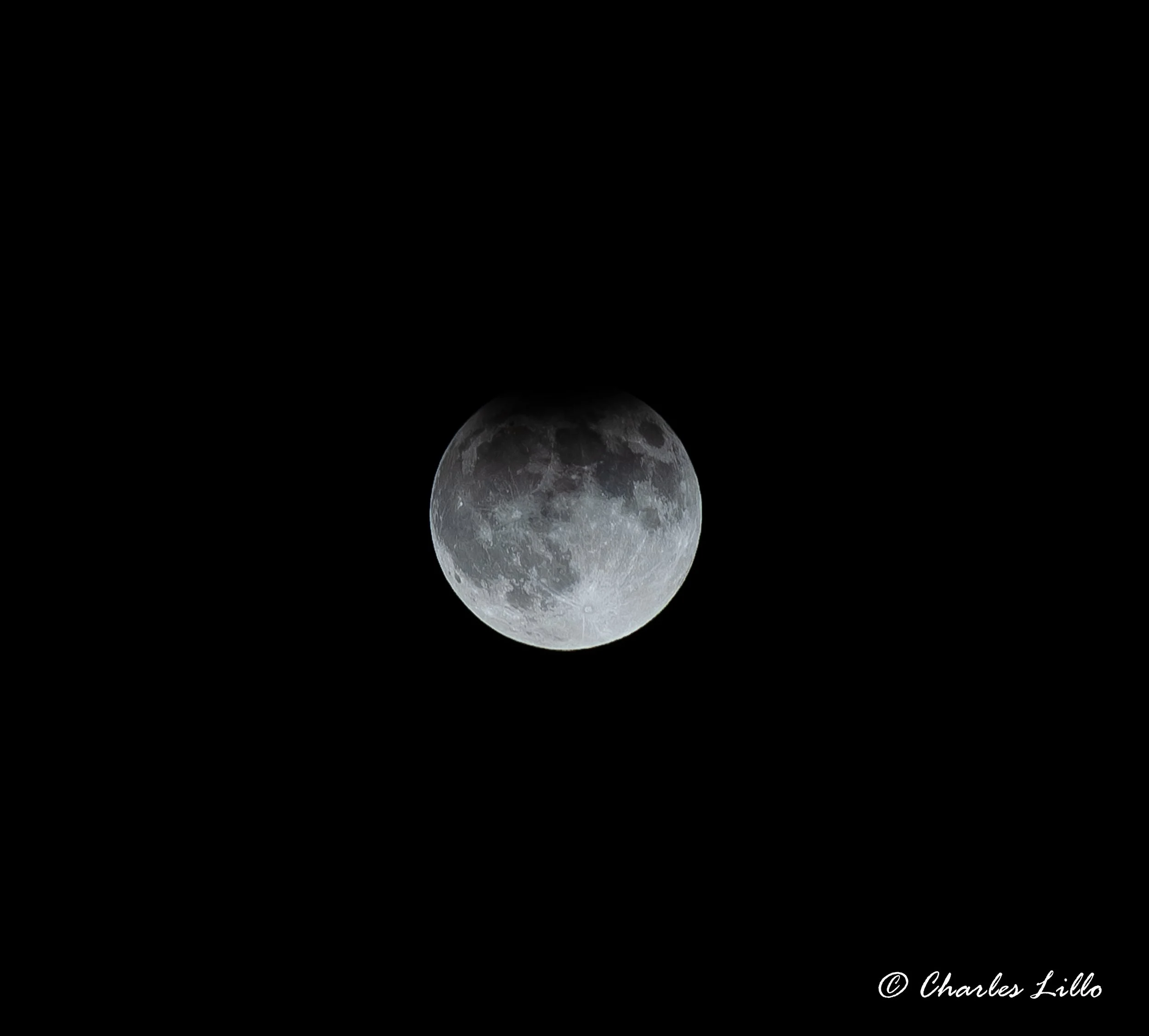
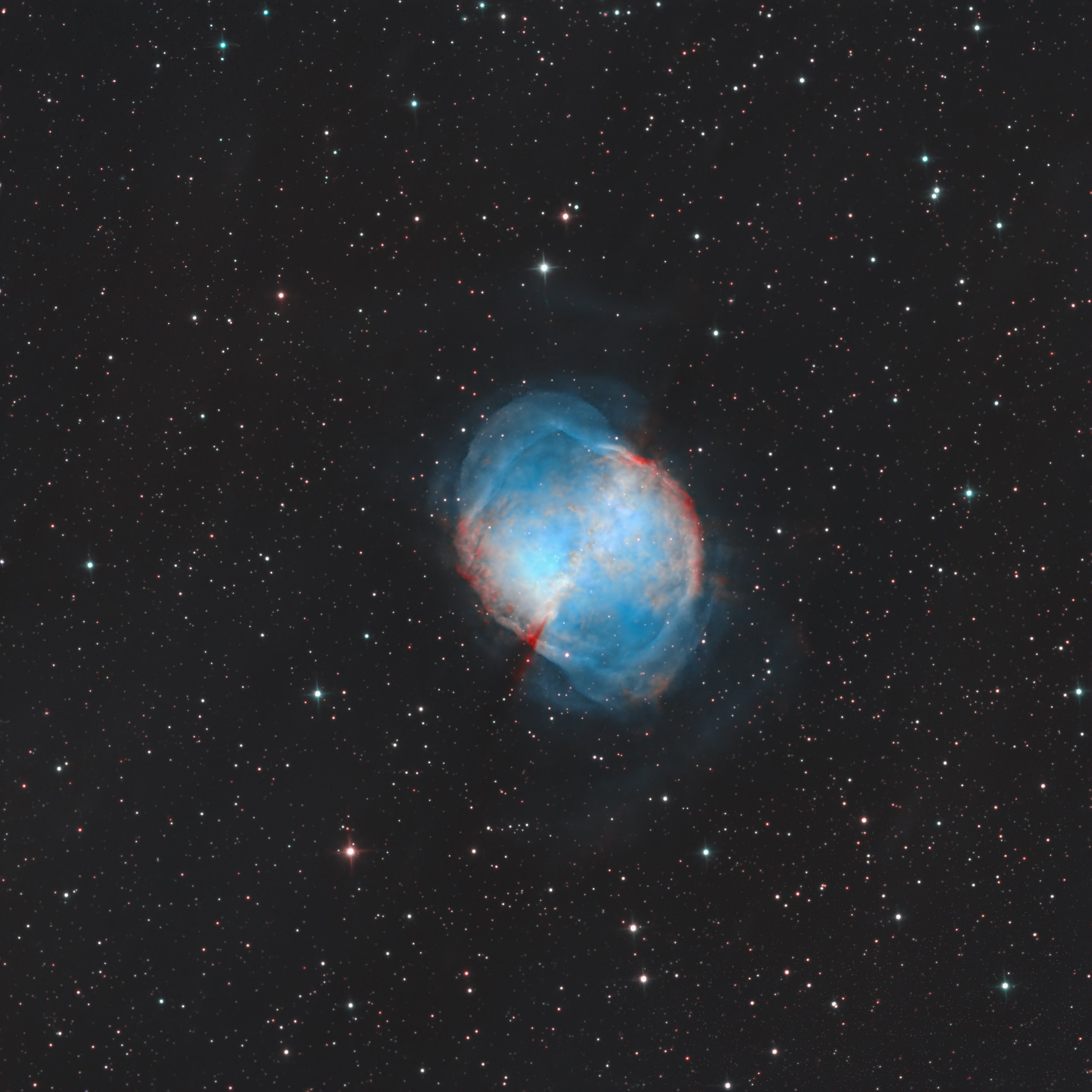
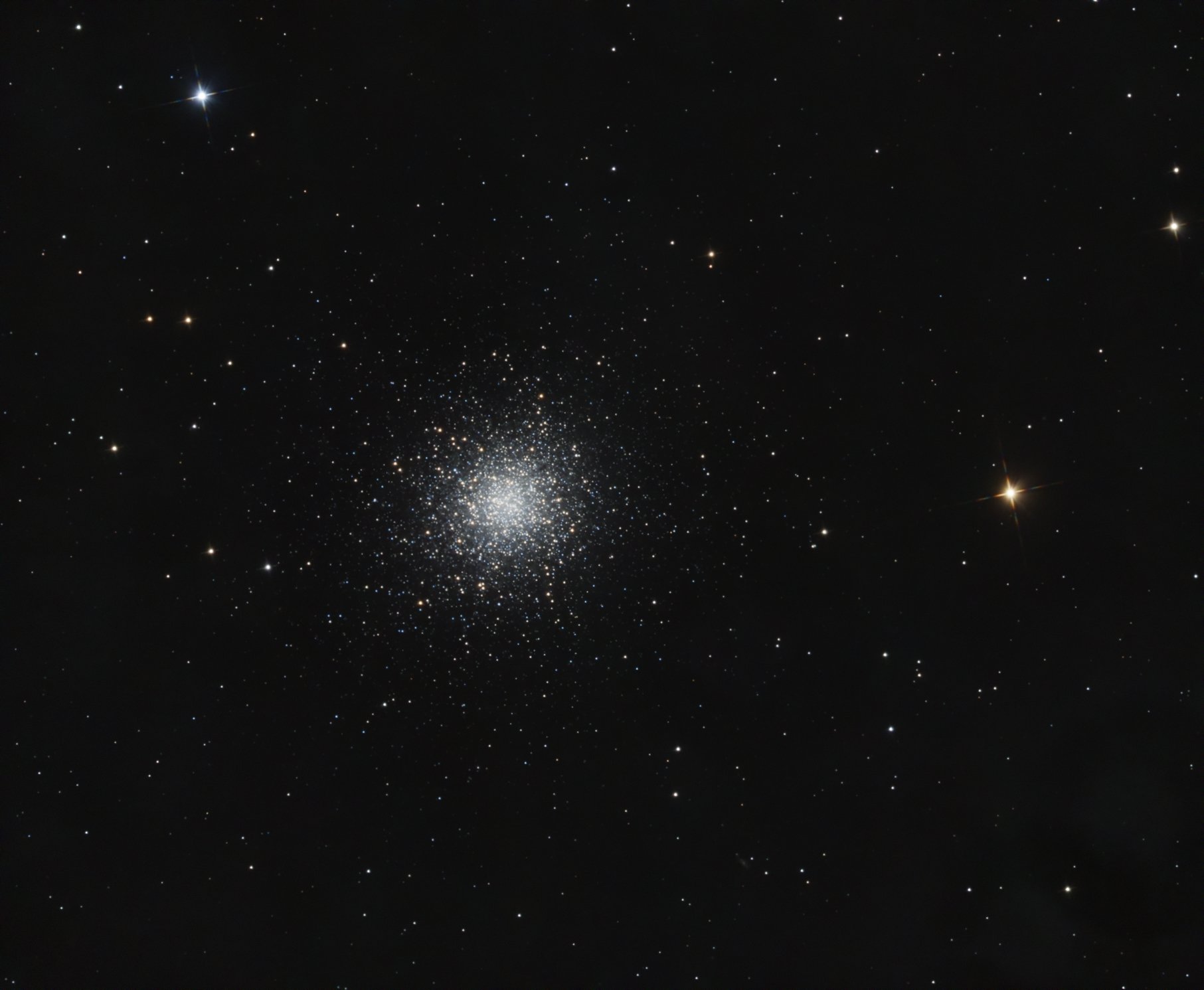
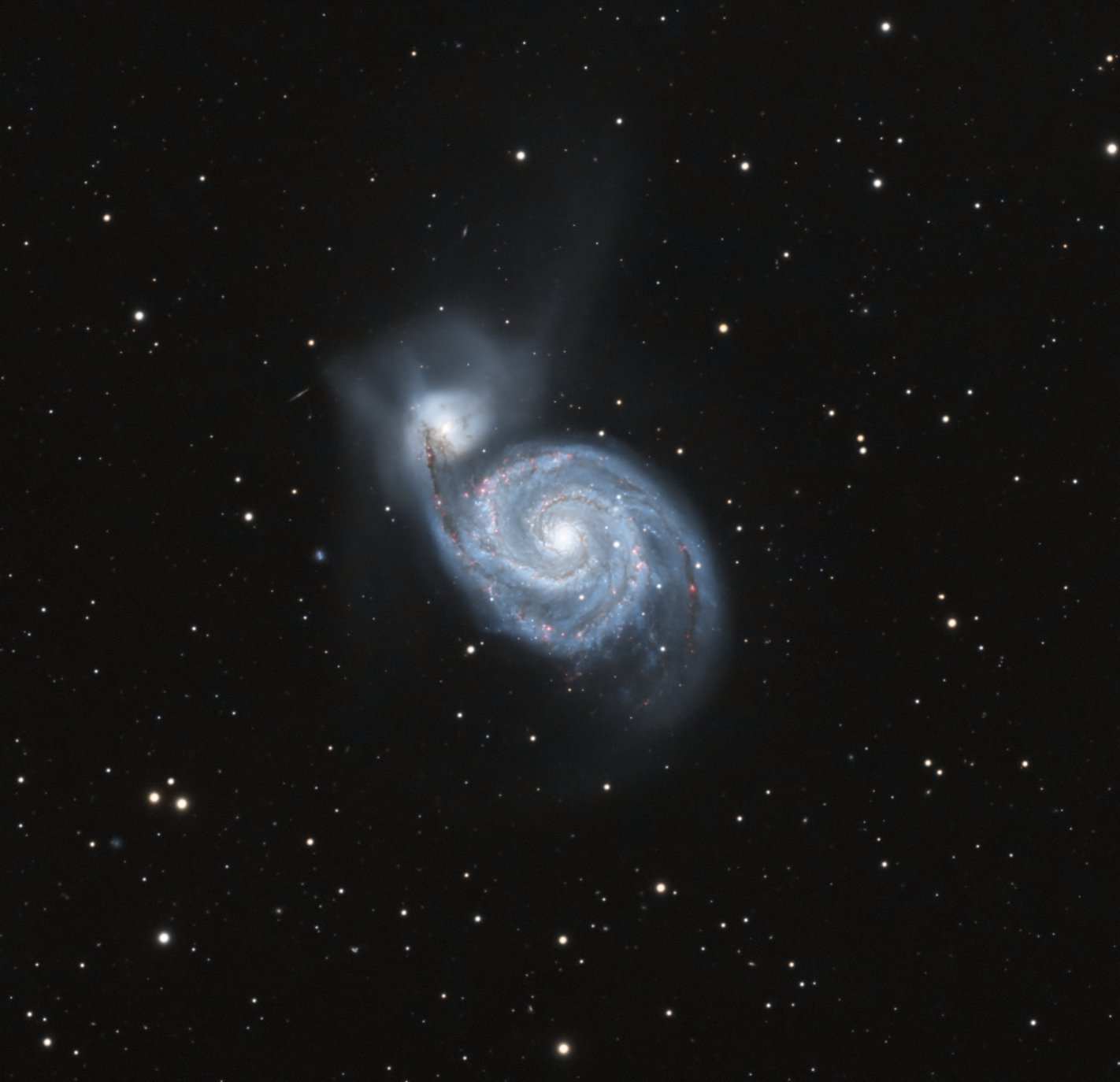


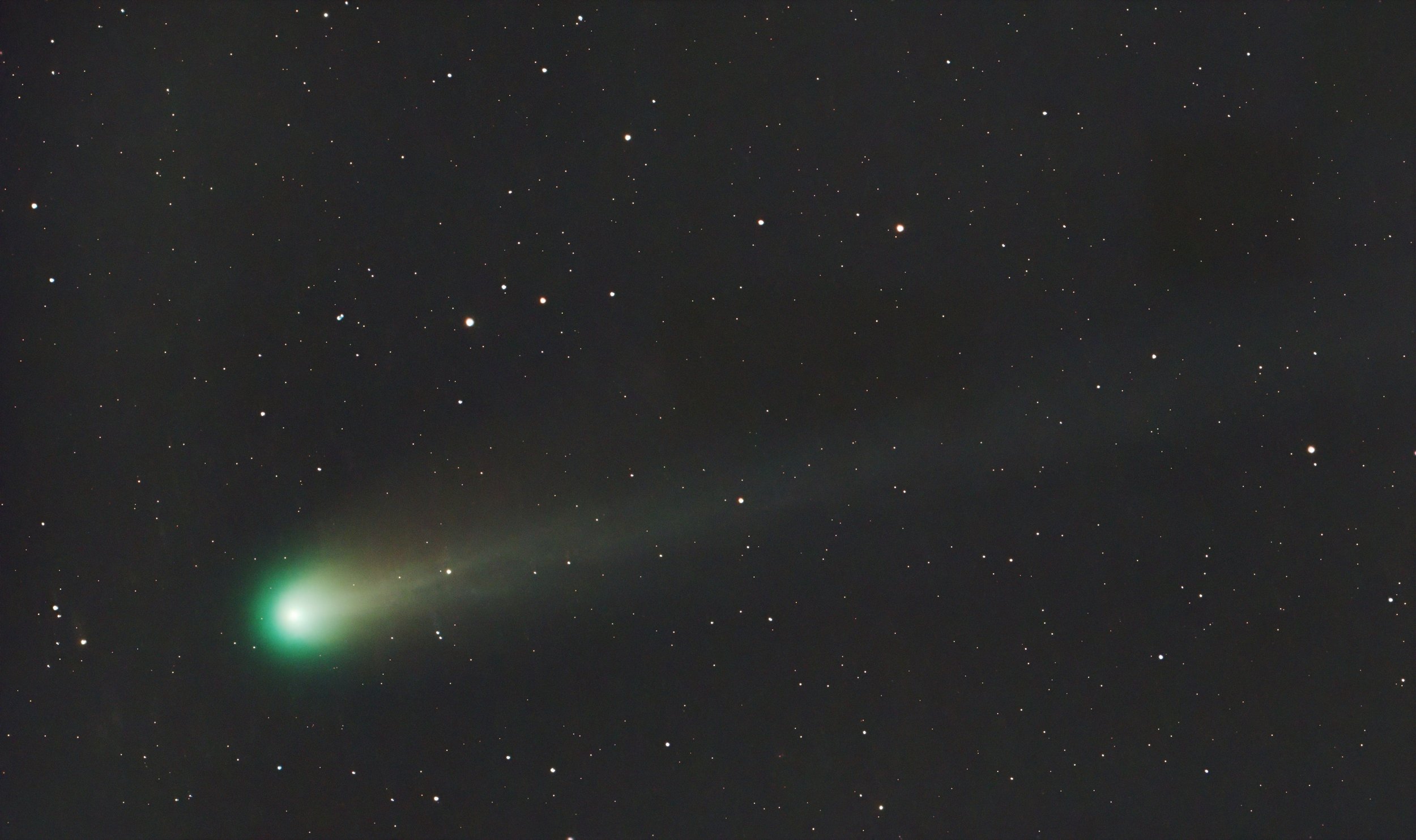
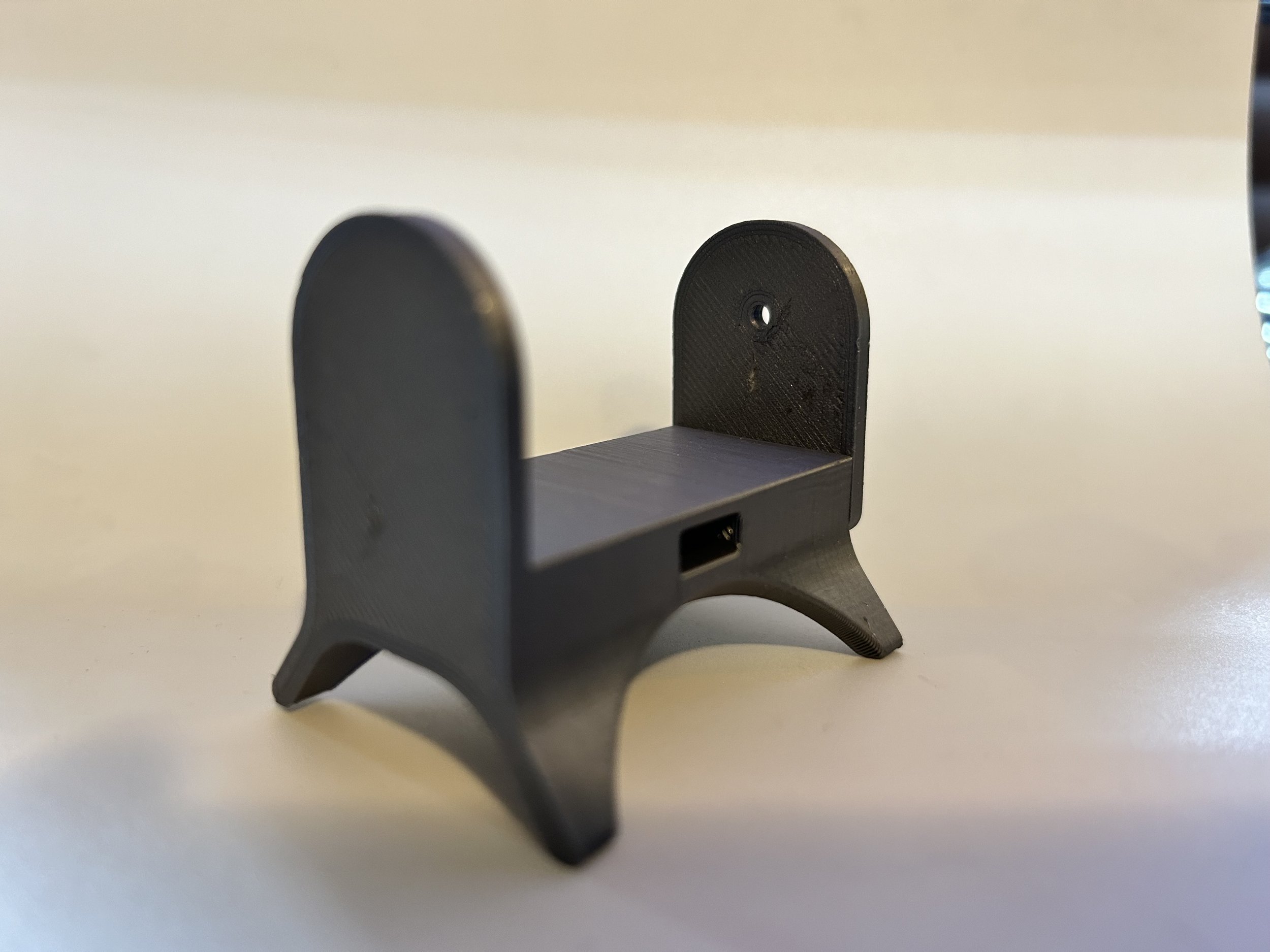
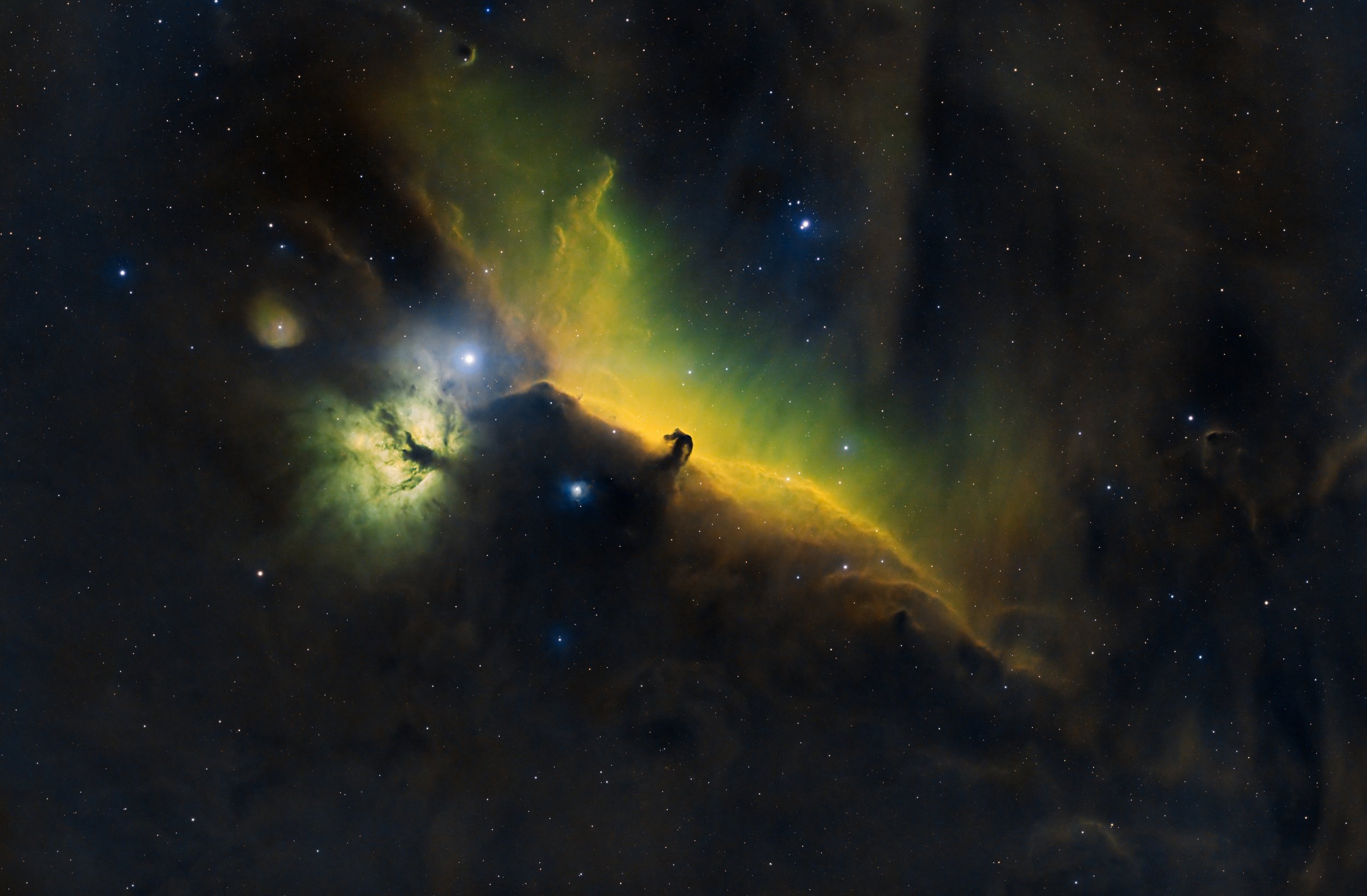
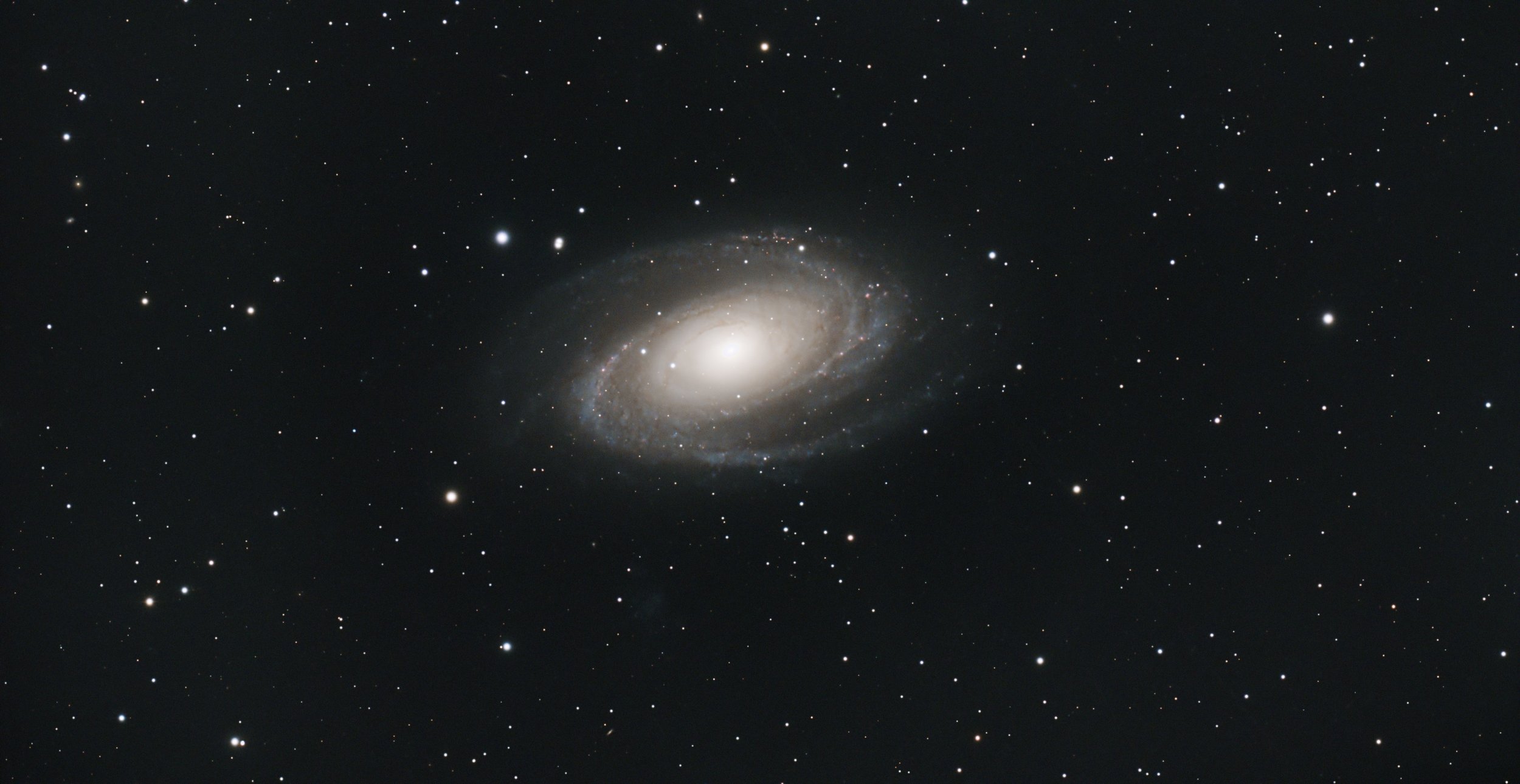
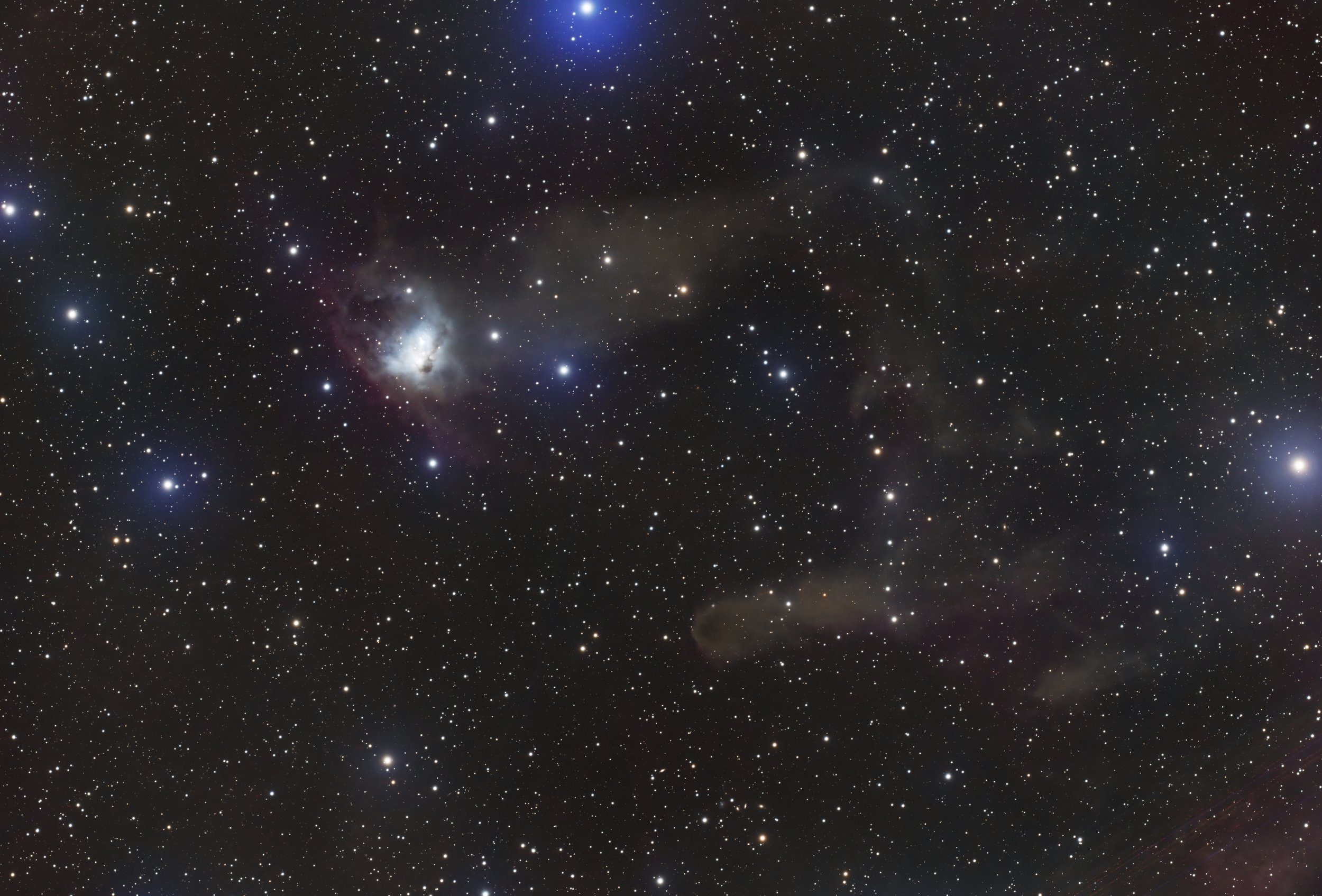
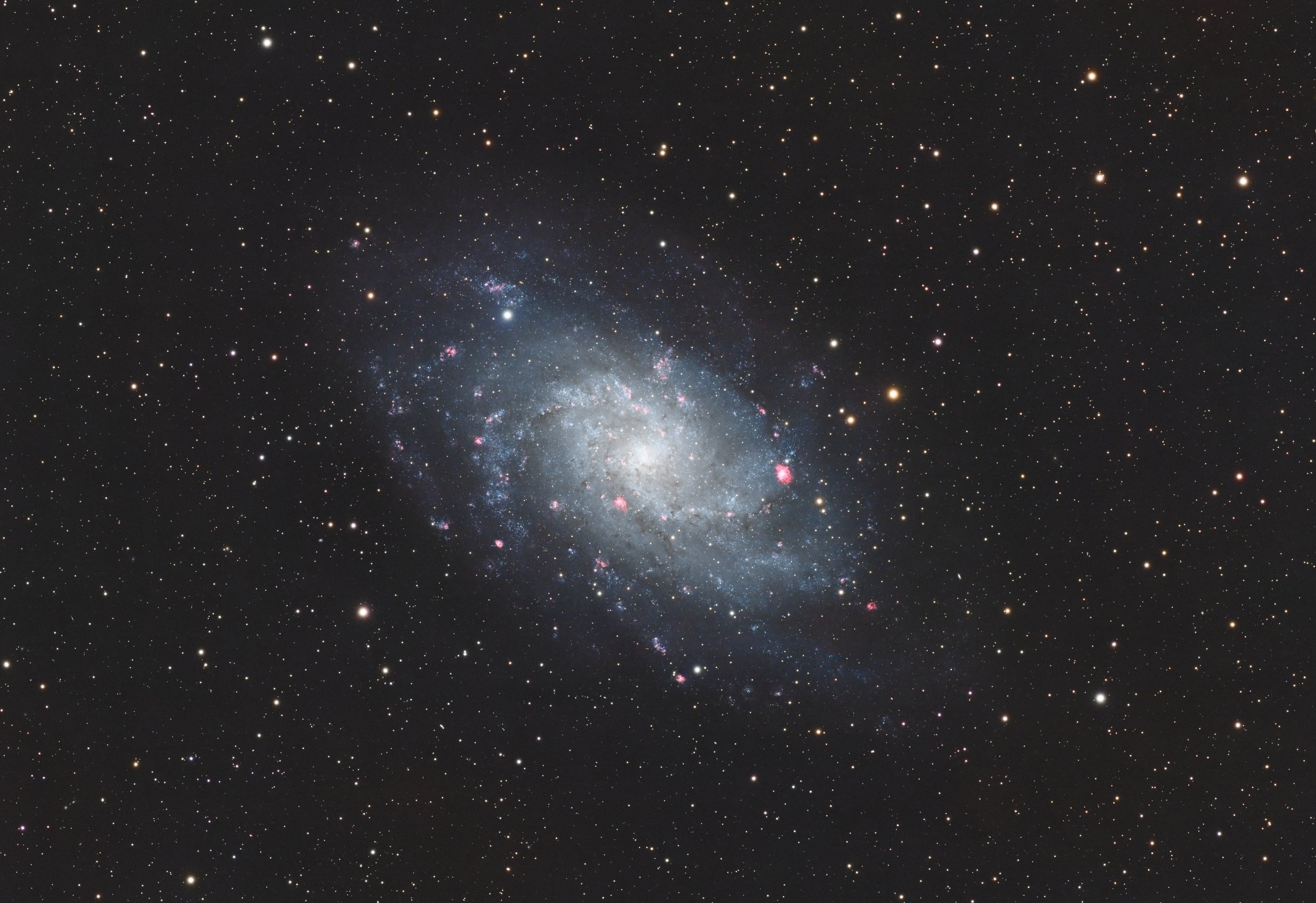
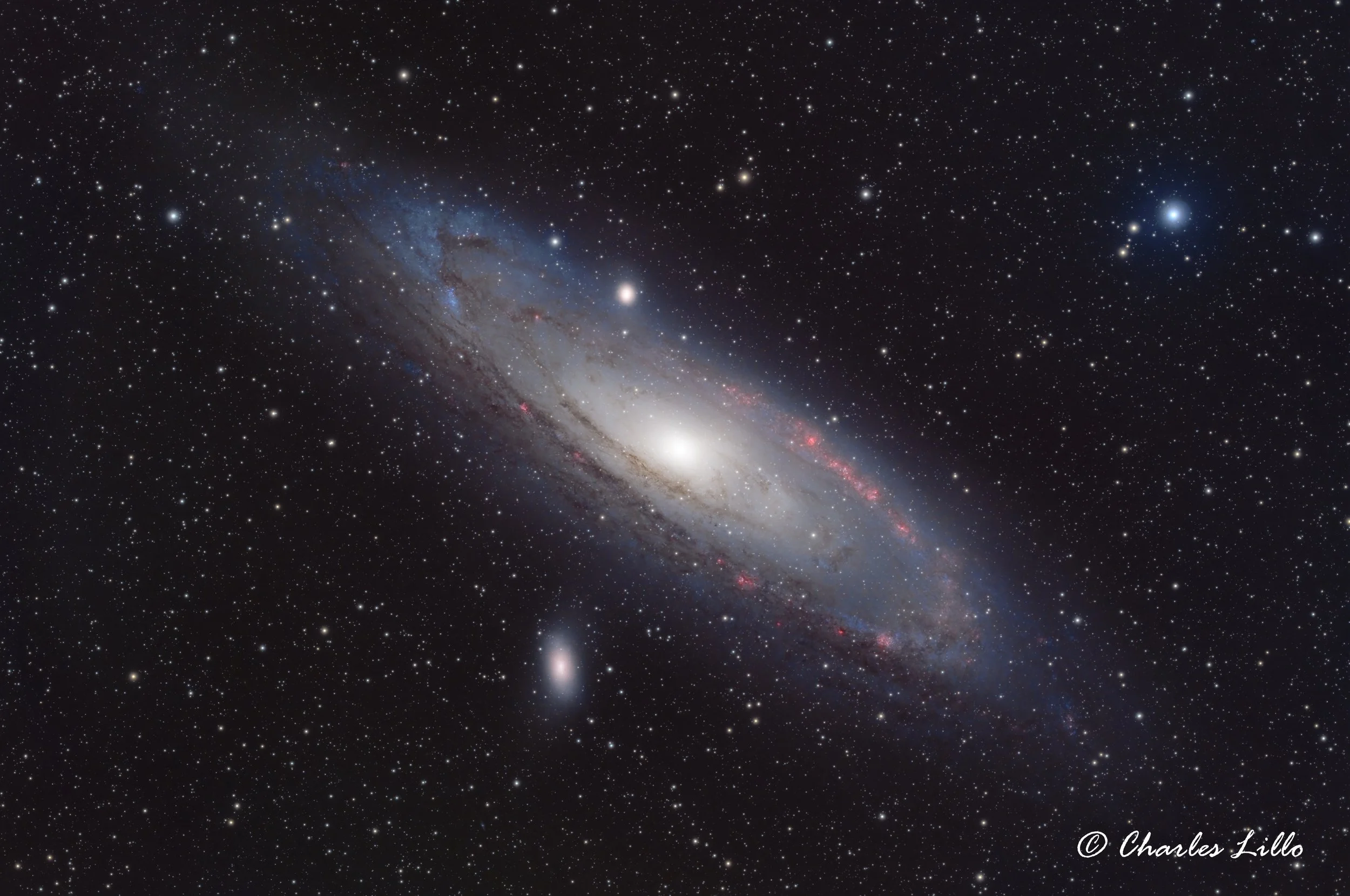
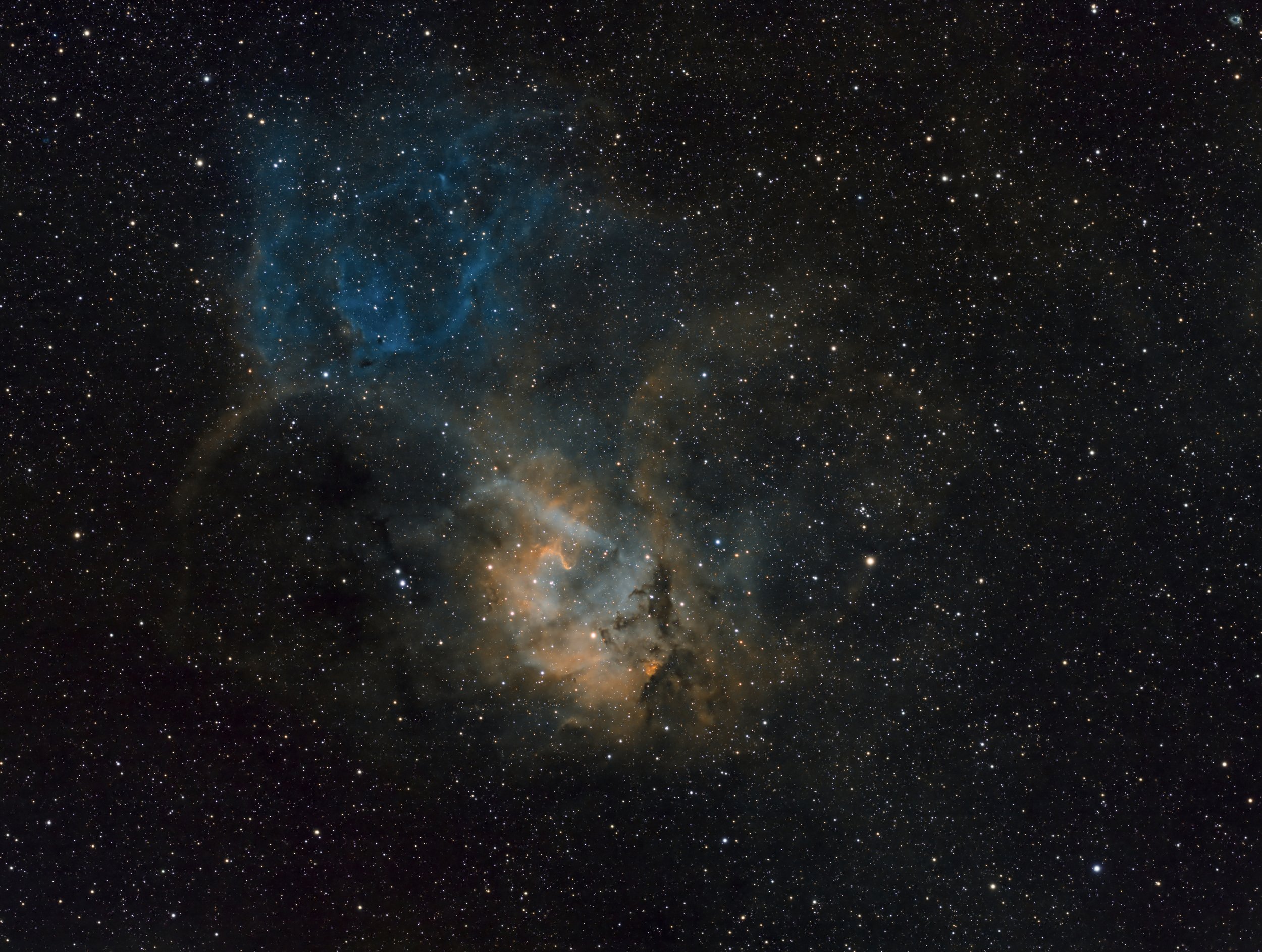




A hidden stellar nursery on Orion’s outskirts, NGC 1788 glows with the light of young stars. Its dusty filaments and dark shadows sculpt the eerie form of the Cosmic Bat.